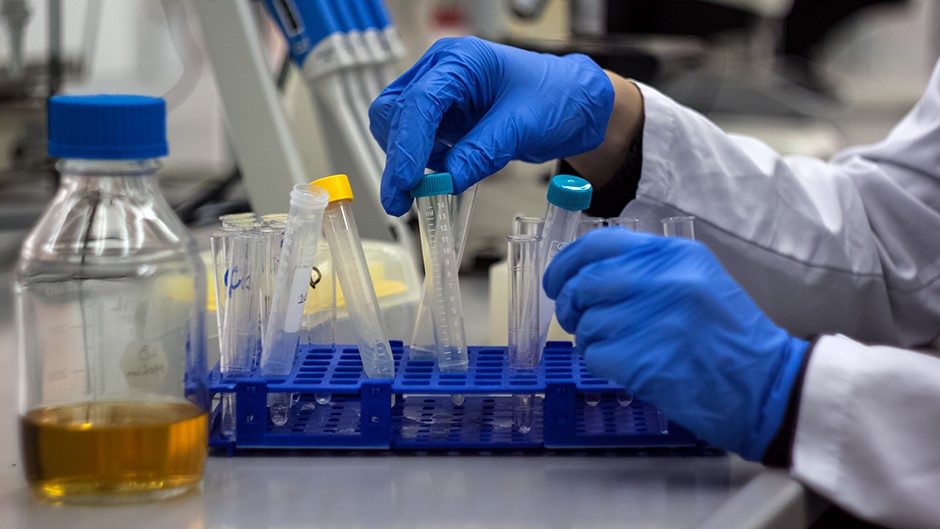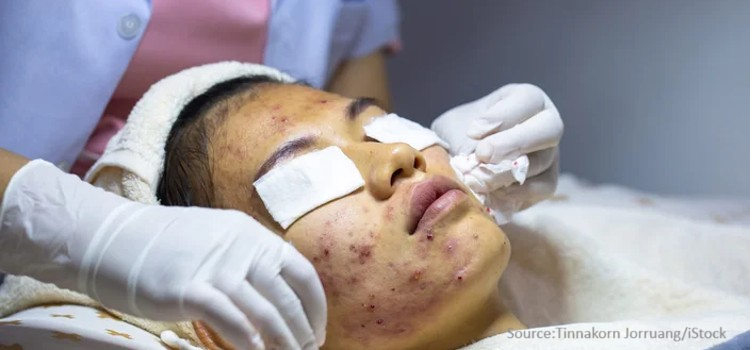
Russia Early Toxicity Testing Market by Technique (In Vivo, In Vitro, and In Silico), by Toxicity Endpoint (Genotoxicity, Dermal Toxicity, Skin Toxicity, Ocular Toxicity, Phototoxicity, and Others), by End User (Pharmaceutical Industry, Cosmetic Industry, Chemical Industry, Food Industry, and Others) – Opportunity Analysis and Industry Forecast, 2023-2030
Industry: Healthcare | Publish Date: 24-Aug-2023 | No of Pages: 93 | No. of Tables: 83 | No. of Figures: 32 | Format: PDF | Report Code : N/A
Market Definition
Russia Early Toxicity Testing Market was valued at USD 21.15 million in 2022, and is predicted to reach USD 61.98 million by 2030, with a CAGR of 12.28% from 2023 to 2030.
Early toxicity testing is a process that involves evaluating the potential toxicity or adverse effects of drugs, chemicals, or other substances at an early stage of development, typically in vitro or in animal models, before they are tested in humans.
The goal of early toxicity testing is to identify any potential safety concerns with a substance and determine whether it is safe to proceed with further development and testing.
Early toxicity testing helps to reduce the risk of harm to humans and animals during clinical trials and reduces the cost and time of drug development. Early toxicity testing typically involves a range of tests and assays, such as cell viability assays, genotoxicity assays, and pharmacokinetic studies.
Specific tests and methods used depend on the nature of the substance being tested and the intended use of the product. Early toxicity testing is an important step in the drug development process that helps to ensure the safety and efficacy of new drugs and other substances before they are approved for use in humans.
Elevated Prevalence of Chronic Diseases Spurs Expansion of Early Toxicity Testing Market in Russia
Rise in the prevalence of chronic diseases such as heart disease, tuberculosis, and encephalitis in Russia propels the growth of the early toxicity testing market.
Russia has one of the highest rates of mortality from cardiovascular disease (CVD) in the world, with approximately 640 deaths per 100 thousand of the country's population. As the prevalence of such chronic diseases continues to rise, there is a greater demand for toxicity testing to assess the safety of drugs and chemicals used in treatment to address the growing burden of chronic diseases.
For instance, according to a report published by the World Health Organization, it is estimated that an average person in Russia has a 25% risk of dying prematurely from one of the four main noncommunicable diseases (NCDs) – cardiovascular diseases, cancer, diabetes, and chronic respiratory diseases.
Government Initiatives Foster Investment and Innovation in Pharmaceutical Research and Development for Enhanced Patient Care
The government has introduced policies to encourage both local and foreign pharmaceutical companies to invest in research and development of new drugs and vaccines to improve the availability of advanced treatments for patients. The government is also introducing tax breaks and incentives to attract foreign investments, while efforts are being made to improve regulatory oversight and combat counterfeit drugs.
For instance, in 2020, the government of Russia made it compulsory for pharmaceutical companies operating in the country to invest 20% of their revenue in the R&D of new drugs and vaccines. Hence, such factors propel the market growth.
The Influence of Regulatory Limitations on the Growth of the Early Toxicity Testing Market in Russia
However, strict guidelines established by regulatory agencies like the US FDA and the EMA necessitate extensive and exacting testing for medication development and safety, which can be costly and time-consuming and impede market expansion. Small and medium-sized businesses that may lack the means to conduct thorough testing may find it difficult and expensive to comply with these rules.
Because of this, some businesses might decide to postpone or scrap drug development initiatives, which could reduce the market for early toxicity testing services.
Furthermore, strict rules may lead to a protracted approval procedure for new pharmaceuticals, which would add to the delay in the time it takes for drugs to reach the market. This, in turn, is expected to hamper the growth of the market.
Technological Advancements in the field of Early Toxicity Testing Market in Russia
The introduction of new technologies such as in-vitro modelling using 3D cell culture is expected to provide new lucrative opportunities for the early toxicity testing market during the forecast period.
Use of 3D cell cultures can better mimic the complexity of tissues and organs, providing more accurate and reliable results for toxicity testing. Traditional 2D cell culture models are limited in their ability to mimic the complexity of human tissues and organs, often leading to inaccurate and unreliable results in toxicity testing.
However, use of 3D cell culture models can better mimic the structural and functional complexity of tissues and organs, providing more accurate and reliable results for toxicity testing.
3D cell cultures allow growth and interaction of multiple cell types, creating a microenvironment that more closely resembles human tissues and organs. This can better predict toxic effects of drugs and chemicals in the human body, reducing the risk of adverse effects in clinical trials. Hence, such factors propel the market growth.
Competitive Landscape
The Russia early toxicity testing industry includes several market players such as Inotiv Inc., Bio-Rad Laboratories Inc, Evotec A.G., Agilent Technologies Inc, Wuxi Apptec, Bruker, Perkinelmer Inc., Enzo Biochem Inc., Danaher Corporation, Eurofins Scientific SE, Charles River Laboratories International, Inc., Labcorp Drug Development., Promega Corporation, Insphero AG. and Thermo Fisher Scientific Inc.
KEY BENEFITS
-
The Russia early toxicity testing market report provides a quantitative analysis of the current market and estimations through 2023-2030 that assists in identifying the prevailing market opportunities to capitalize on.
-
The study comprises a deep dive analysis of the market trend including the current and future trends for depicting the prevalent investment pockets in the industry.
-
The information related to key drivers, restraints, and opportunities and their impact on the market is provided in the report.
-
The competitive analysis of the market players along with their market share in the Russia early toxicity testing market.
-
The SWOT analysis and Porter’s Five Forces model are elaborated in the study.
-
Value chain analysis in the market study provides a clear picture of the stakeholders’ roles.
RUSSIA EARLY TOXICITY TESTING MARKET KEY SEGMENTS
By Technique
-
In Vivo
-
In Vitro
-
Cell Culture
-
PCR
-
ELISA
-
Western Blotting
-
Protein Binding Assays
-
-
In Silico
By Toxicity Endpoint
-
Genotoxicity
-
Dermal Toxicity
-
Skin Toxicity
-
Ocular Toxicity
-
Phototoxicity
-
Others
By End User
-
Pharmaceutical Industry
-
Cosmetic Industry
-
Chemical Industry
-
Food Industry
-
Others
REPORT SCOPE AND SEGMENTATION:
|
Parameters |
Details |
|
Market Size in 2022 |
USD 21.15 Million |
|
Revenue Forecast in 2030 |
USD 61.98 Million |
|
Growth Rate |
CAGR of 12.28% from 2023 to 2030 |
|
Analysis Period |
2022–2030 |
|
Base Year Considered |
2022 |
|
Forecast Period |
2023–2030 |
|
Market Size Estimation |
Million (USD) |
|
Growth Factors |
Prevalence of chronic diseases. Rising government initiatives. |
|
Companies Profiled |
15 |
|
Market Share |
Available for 15 companies |
|
Customization Scope |
Free customization (equivalent up to 80 working hours of analysts) after purchase. Addition or alteration to country, regional, and segment scope. |
|
Pricing and Purchase Options |
Avail customized purchase options to meet your exact research needs. |
KEY PLAYERS
-
Inotiv Inc.
-
Bio-Rad Laboratories Inc
-
Evotec A.G.
-
Agilent Technologies Inc
-
Wuxi Apptec
-
Bruker
-
Perkinelmer Inc.
-
Enzo Biochem Inc.
-
Danaher Corporation
-
Eurofins Scientific SE
-
Charles River Laboratories International, Inc.
-
Labcorp Drug Development.
-
Promega Corporation
-
Insphero AG
-
Thermo Fisher Scientific Inc.




 Speak to Our Analyst
Speak to Our Analyst

































